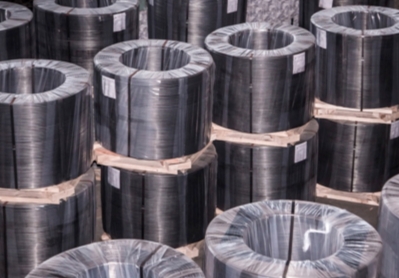
The steelmaking process is a complex operation that requires the addition of several metals and minerals to the iron ore in order to produce high-quality steel. It includes the oxidation process, decarburization (decarburization), desulfurization (desulfurization), and removal of inclusions. It is important to use pure solid calcium in this process because it can remove sulphur, oxygen and other impurities from the molten metal. This allows metals to be poured and retain good mechanical properties. It increases ferroalloys yield and enhances the steel's quality.
Traditionally, dipping a granule of calcium into liquid steel to add it is the way that the element has been added. It is labor-intensive and time-consuming, but this method adds the calcium very effectively.
Cored wires are another method to add Calcium into the molten Steel. This wire has a core made of calcium metal and an outer layer of steel. Wire of this kind is typically wound on a spool, and then fed into the melt using a wire feeder. Once the wire is in the steel melt, the core of calcium dissolves into it and reacts with other elements in the melt to form various compounds.

Cored wire is more efficient than other methods for adding calcium into the molten material. It provides a superior metallurgical outcome and can reduce the required amount of calcium for the steelmaking procedure.
In part, this is because the ferrostatically-pressured sheath around the pure cored calcium wire will not rupture in the hot steel until it reaches the required depth. Evaporation is also less of a problem.
It can also be used to change the shape of inclusions, and even prevent nozzle clogging in cast aluminum killed steel. This wire is used to clean molten iron, alter the inclusion shape, or even prevent nozzle obstructions in aluminum-killed cast steel. It also increases the melting point and impact toughness of molten iron.
Hi-Cal offers a cost-effective alternative to the other conventional cored-wire types because it decreases both calcium consumption and steelmaking expenses. This also reduces smelting times and controls trace and easily-oxidized elements. It improves the yield of alloy, lowers smelting loss, and enhances the quality of molten metal. Steelworks and smelters who want to cut costs without sacrificing quality will find this a great benefit. It is for this reason that many steelmakers use it. Hi-Cal can be customized to meet the needs of steelmakers in different diameters. Contact us to learn how we can assist you. Looking forward to your call!

Write a Message